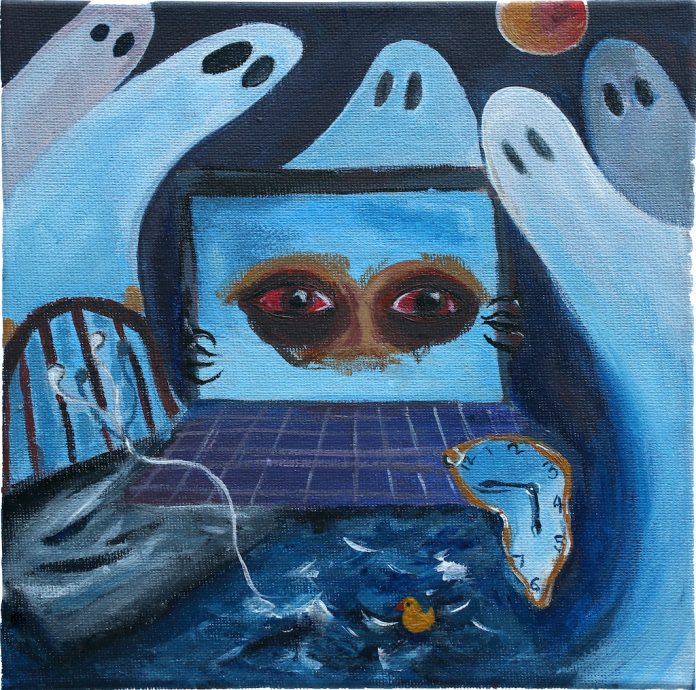I spent all my time on Netflix during the lockdown and it nearly messed me up
In many works of fiction, the protagonist will follow The Hero’s Journey. Professor of literature Joseph Campbell first popularised the approach in 1947, but stories followed its path long before it was articulated. One crucial element in The Hero’s Journey is ‘the crossroad’.
There is no mistaking the arrival at a crossroad. The shift is subtle at first. It is a tiny moment of discomfort. A glimmer of consciousness that hadn’t been there before. But it’s enough to sneak a glimpse into one’s inner thoughts, to feel that unsettling pull to action.
It brings all else to a standstill. And in that moment of silence when all else fades into the background, there is nowhere to turn but inwards. The discomfort erupts into abject fear, for what is more terrifying than the depths of one’s own mind?
Eventually, the fear subsides and gives way to grim understanding, which gives way to a crystal-clear consciousness that reveals the choice ahead. Abandon this new knowledge and return to the familiar or push forward regardless?
This time last year I found myself at a crossroad. Huddled under my blankets, I had reached the final episode of the BBC’s Merlin after binge-watching all 65 episodes in a blur of three days. As I watched the list of cast members roll past, I caught sight of my reflection on the black screen. It was enough to stop me from returning to Netflix’s homepage in hungry search for the next show.
It’s revealing that I conceive of this moment in terms of The Hero’s Journey. I was the protagonist who had reached a crossroad; over the course of 2020 that’s exactly where I’ve been. I’ve spent more time in the minds of fictional characters in fictional worlds than I have in my own.
It took me nothing at all to fall into those worlds: It took me everything to pull myself out.
The call to adventure
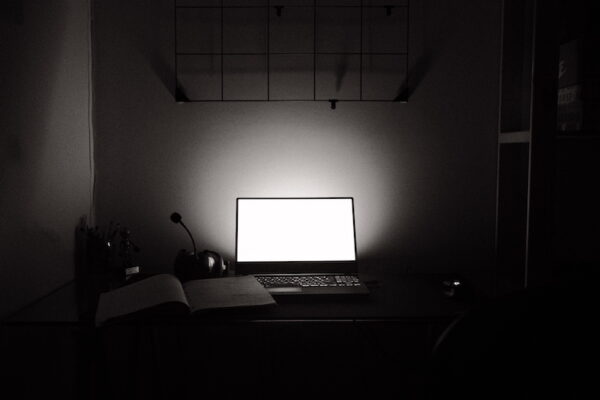
Why are people drawn to the media and the stories it tells? In his seminal book Mass Communication Theory (1983), communications theorist Dennis McQuail outlines four main functions of the media:
- Surveillance – media allows us to stay informed about the world
- Personal identity – media helps us understand ourselves better
- Relationships – media helps us understand others and how to relate to them
- Diversion – media provides a temporary escape from everyday life
Anika Bhatia is a self-described binge-watcher who recalls relying on media as an escape during her HSC year, with shows such as Gilmore Girls (2007) becoming an “oasis” between study periods.
Bhatia is now in her fourth year of a media degree. She has worked as an actor, recently appearing in a stage adaptation of George Orwell’s Animal Farm and a local production of Rattling the Keys with Theatre Travels. She says the appeal of both watching shows and stage acting is the storytelling.
“People who tell stories also need to consume stories to learn about new stories. It’s what we do as human beings innately. We share stories; we consume stories.”
Stories are the foundation upon which communities are built. It’s what drives people together from the furthest reaches of isolation. With the rise of the internet, audiences are increasingly empowered to share their most-loved stories and connect with others in fandom spaces.
Amy Chant is a fandom creator and owner of the bookstagram (‘book Instagram’) account @alongwithamyblog. She describes how easily she becomes invested in her favourite media to the point it becomes a key part of her personality.
“After finishing my shows and books, I go onto my Tumblr or Instagram, and I talk to people about it. I post this thing about it. I write this thing about it. It’s this constant process,” she says. “The community aspects of fandom can also be amazing. You can have fun and connect with other people about this thing that you like.”
The experience of storytelling rarely occurs in isolation. But over the last year, something monumental happened. Something that would fracture communities the world over, driving individuals into a solitude unlike any we’ve seen before.
The path to walk alone
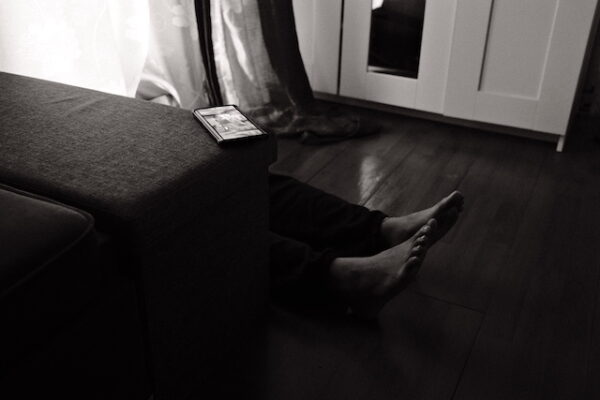
COVID-19 is a well-worn story in our news catalogue, but one that continues to linger on the periphery of our consciousness. The pandemic changed the world when we were all sent into lockdown; a semi-colon punctuating the yearned-for normalcy of ‘The Before’, and the tentative security of ‘The After’. As our lives were put on hold, many learned to rebuild within the four corners of the home.
Jennifer Tony, currently in her first year of university, says she experienced the pandemic differently because of her gap year. Between the government’s stay-at-home orders and family members completing essential work or studies, she found herself alone most days.
“Watching shows and movies has been my life for the past year and a half,” she says.
On our Zoom call, Tony is fresh-faced and looks comfortable in long-sleeved pyjamas to ward off the winter chill. She tells me she barely interacted with anyone beyond texting during last year’s lockdown. Fictional characters, she says, helped her fill that void.
“Writers and directors are becoming better at showcasing more than just a one-dimensional character. We’re seeing everything; all their emotions and their trauma.
“If we’re constantly in those worlds, we become part of their world and they become part of ours. There’s no distinction between real and movie people. They’re just like everyone. If we can empathise with them, what’s the difference between fiction and reality?”
In media studies, academics have theorised about ‘para-social relationships’. It’s a term many trace back to sociologists Donald Horton and Richard Wohl’s paper, Mass Communication and Para-Social Interaction (1956). This describes the sense of intimacy between audiences and seemingly distant media personalities, including fictional characters. With the isolating effects of a pandemic, it’s not difficult to see why audiences have turned to such relationships.
Sumyia Nasim, a self-proclaimed expert binge-watcher, says one of the most difficult things about the lockdown was not being able to see her friends.
“This is going to make me sound insane,” she says with a self-deprecating laugh. “These characters are kind of like friends. They’re people. You know all their quirks and watching these shows is like hanging out with them.”
I ask her whether she thinks that’s healthy. She thinks it isn’t.
“Because nothing’s ever going to come from it,” she says, sobering up. “Nothing’s going to change.”
Descent into the underworld
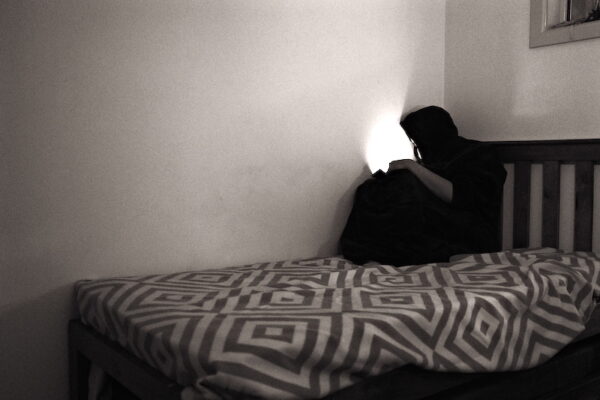
If there’s one thing 2020 has taught me, it’s that I have a favourite coping mechanism. I latched onto Rick Riordan’s Percy Jackson novels when my anxiety symptoms first manifested and during the lockdown, BBC’s Merlin became my lifeline. There is one common thread running through each period of great instability throughout the chapters of my life: the worlds of fiction.
A strategy psychologists use with clients experiencing depression is what Melbourne-based clinical and counselling psychologist Dr Joseph Sakdalan describes as “changing emotion”. He tells me it involves asking the client to watch films that help “shift their mood”, which can provide temporary relief.
“When you think about your own emotional regulation, we do that ourselves. Let’s say you had a long day and you feel really down. What do you do? You watch funny movies to cheer yourself up,” he says.
Streaming platforms have eclipsed broadcast television as the preferred entertainment media service, but the past year marked a surge in their take-up. Data from Roy Morgan shows that the number of subscriptions increased by almost 6 per cent during the initial lockdown period from March to May. Although new players have entered the Australian market, Netflix remains the most popular streaming service.
Asked in 2017 about the streaming platforms’ ‘arms race’, Netflix CEO Reed Hastings famously named ‘sleep’ as a key competitor. Although Hastings was referring to industry competitors, this disruption of daily life is increasingly becoming an issue with binge-watching audiences.
“Before we can say that something is a disorder, we have to argue that it affects a person’s occupational and social function. If you have an individual that binge-watches to the point of missing classes or work, or they get really isolated, it’s bordering on pathologic,” says Dr Sakdalan.
At this point in the interview, I think of all the times I neglected a responsibility, succumbing to the familiar lie, ‘just one more episode!’. I couldn’t help the pinpricks of unease in the back of my mind, the kind you get when someone has guessed too accurately something you don’t like about yourself.
Neryse Sylvestre, another frequent binge-watcher, says she found herself consumed by shows on multiple occasions. She describes losing track of reality and ignoring those instinctive reminders of her responsibilities.
“When you finish the show, you’re also sad because it’s over. And when it’s over, it’s like a reality awakening. You realise that it isn’t real. You realise that this isn’t actually happening,” she says.
Even the greatest stories must come to an end. This is a truth as old as time. Despite knowing this, there is no preparing for the emptiness that follows.
The dark night of the soul
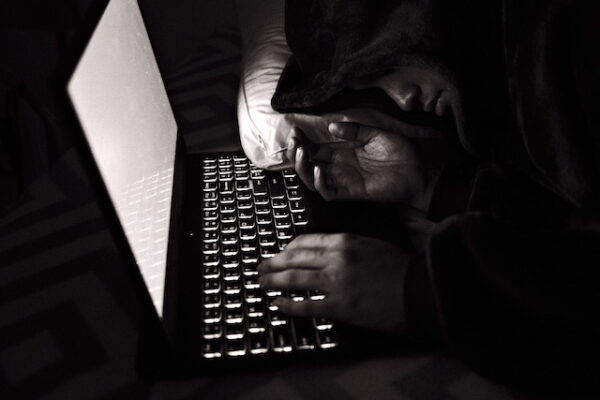
I can pinpoint the exact moment I realised I had reached a new low amidst the chaos of 2020.
In the early hours of one winter morning, I lay in bed as I finally reached the end of the last show in my Netflix watch list, the BBC’s Merlin. In the black screen of the credits, I caught sight of my reflection — eyes empty, expression devoid of feeling. Trapped within the black bars of the 16:9 aspect ratio of television, obscured by dust motes and fingerprint smudges. The person staring back at me was utterly lifeless.
I felt the full force of my grief at having reached the end of this show that I had come to live in and recognise as home. I mourned the death of the characters; the ones who had been killed off at the end of the story, and the rest who I would never again get to experience anew. Most of all, I felt the weight of the realisation descend upon me.
My real life would never compare to the thrill of what I had just experienced in this fictional world.
Dr Sakdalan calls this phenomenon post-series depression (PSD) and says it’s a combination of multiple factors.
“Let’s say you’ve been watching a show as your form of escape, but you get too immersed in the experience of the characters and consumed by the storyline. Then it’s finished. One aspect of that is some form of grieving because it’s a loss.”
While PSD is not a clinical disorder and can affect people of all age groups, Dr Sakdalan speculates it’s something that is more common to young people.
Many people have different ways of handling it. Some will turn to fandom communities to continue their experience of the story with like-minded fans. Others will avoid the ending in hope of preserving their feeling of immersion in the world. But for most people, the quick fix solution is to jump into something new.
“I usually go into finding similar shows to get my fix of that particular interest,” says Sylvestre. “I do a bunch of things to try and get that rush of adrenaline.”
Something in me clicked as I listened to her put into words that niggling sense of ‘wrongness’ I felt watching the credits roll by. My lowest point in 2020 was not the inexorable emptiness of arriving at the end of yet another incredible story. It was the realisation that I had become somewhat addicted to living a half-life in other people’s fantasies.
The light at the end of the tunnel
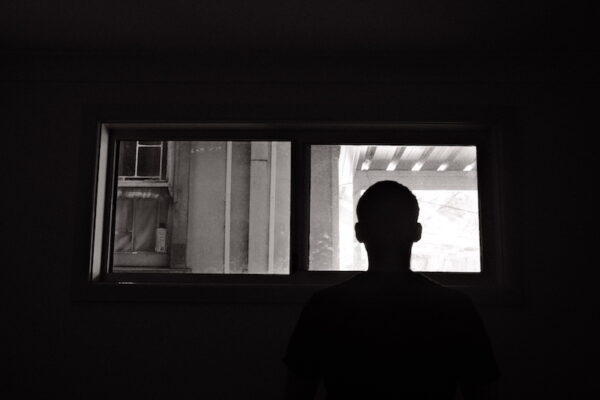
Dr Sakdalan confirms that people who struggle in dealing with their PSD may jump into another addiction, like binging on a new show to distract themselves. This may also negatively impact their overall function.
“That’s a maladaptive way of dealing with it,” he says. “But if you’re actively trying to accept that the story is finished, and that you need to go back to reality and reconnect with other people, you’re dealing with it from a much healthier perspective.”
That takes me back to my lowest point of 2020: that moment of darkness with nothing but me and the rolling credits. But I realise it was also a moment of clarity, of consciousness. A glimpse of the other side. A choice that had revealed itself and demanded a decision.
A crossroad.
I conceived that crossroad as a stage in The Hero’s Journey and characterised this issue as elements of a fictional character’s arc. But as the past year has shown me, reality is less simple and more complicated than the worlds of fiction:especially when the world is still dealing with the aftershocks of a force as seismic as the pandemic.
I ask Dr Sakdalan about people using binge-watching as a way of coping with the anxiety of last year.
“You have to have a box of strategies that you’re using to manage and regulate your emotions. If you’re using binge-watching once in a while, then that’s fine. But if you’re just relying on that as your coping mechanism, then that’s problematic,” he replies.
Everybody needs some form of escape, he says, and this became apparent during the pandemic. “It’s all about how you manage it. And if you can find that balance, then every so often binge-watching is not a bad thing.”
This time last year, I found myself closing my laptop and putting it away. Huddled beneath layers of blankets, I watched the first rays of dawn seep into my room until I fell asleep.

